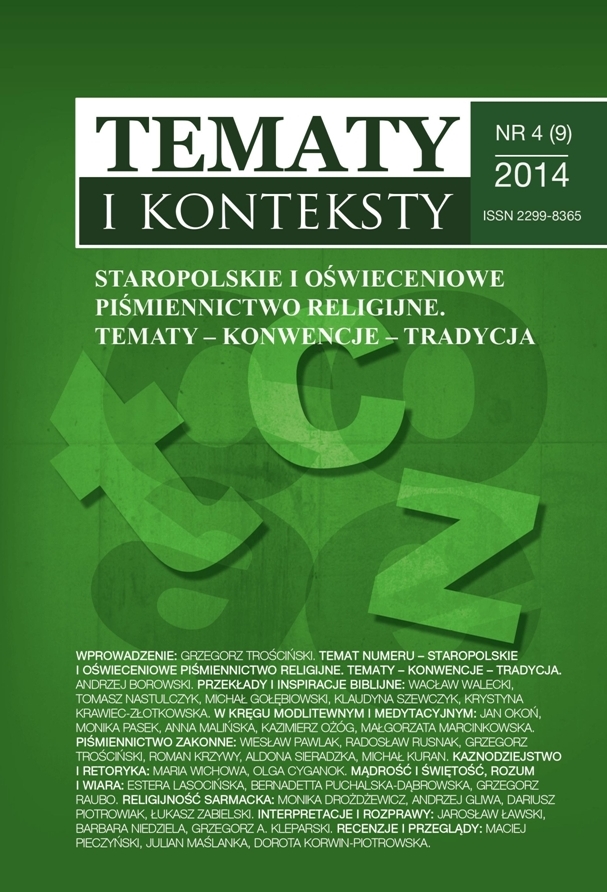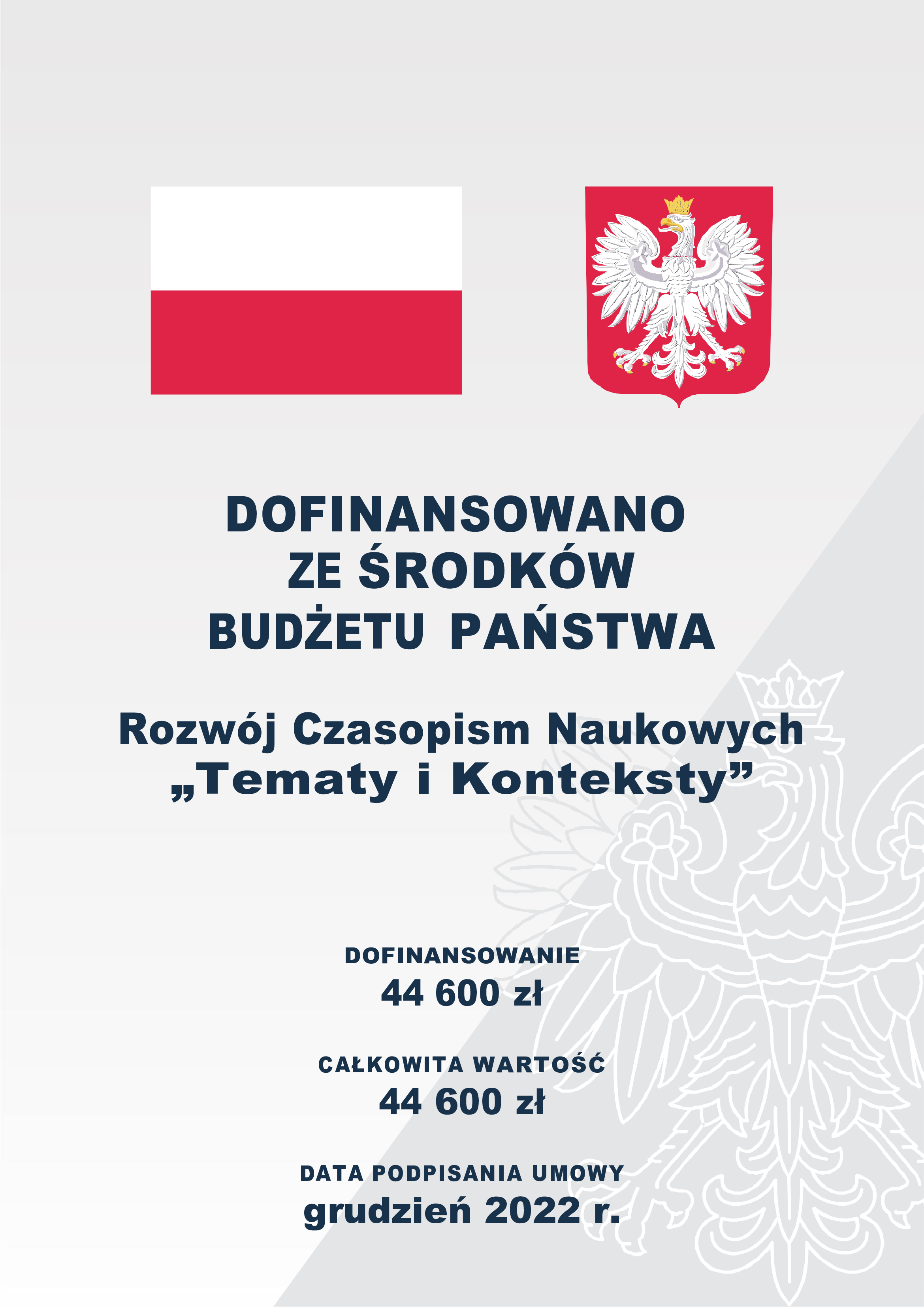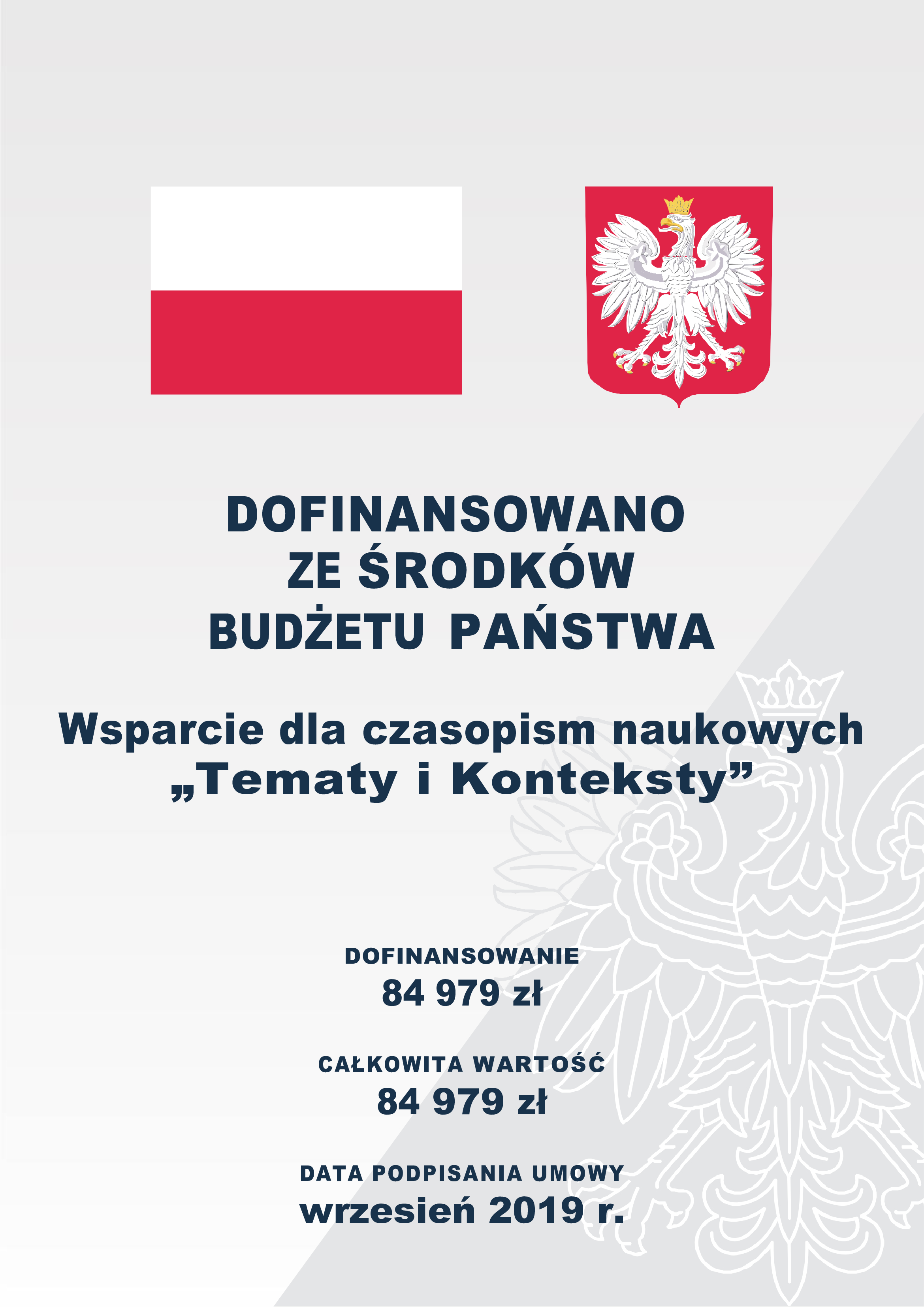Dalej niż męskie spojrzenie. Kobiety w opowiadaniach Edgara Allana Poe
Słowa kluczowe:
literatura grozy, kobiety u Poego, , motyw śmierci, Edgar Allan PoeAbstrakt
Celem artykułu jest prześledzenie motywu śmierci w twórczości Edgara Allana Poe, ze szczególnym uwzględnieniem trzech opowiadań: "Morella", "Berenika" i "Portret owalny". Opis postaci kobiecych ukazanych w poszczególnych opowiadaniach został poddany analizie z nawiązaniem do ich partnerów, którzy pełnią funkcję narratora (w przypadku dwóch pierwszych tekstów) lub którzy zdają się odgrywać czynną rolę w stosunku do swojej partnerki (jak w "Portrecie owalnym"). Analiza przytaczanych z męskiej perspektywy obszernych opisów postaci kobiecych rodzi pytanie o ich trafność i wiarygodność. Jest ono szczególnie istotne z uwagi na pewne nieścisłości, które dają się zauważyć w doniesieniach narratorów, co skłania czytelnika do zastanowienia się nad możliwymi niedopowiedzeniami. Próba uchwycenia niejednoznaczności w tekstach zaburza spójność perspektywy przedstawionej przez męskiego narratora oraz prowadzi do sformułowania sprzecznych cech określających bohaterki opowiadań Poe. Dla przykładu, partner Morelli zdaje się być pełen podziwu dla jej cnót, jednak w jego przekazie pojawiają się aluzje i odniesienia symboliczne o wydźwięku negatywnym, przedstawiające jej postać w kategoriach niebezpieczeństwa. Niejednoznaczności te, w połączeniu z motywem przedwczesnej śmierci, skłaniają do rozpatrzenia różnych dróg postrzegania bohaterek oraz ich relacji z postaciami męskimi.
Downloads
Pobrania
Opublikowane
Jak cytować
Numer
Dział
Licencja

Utwór dostępny jest na licencji Creative Commons Uznanie autorstwa – Użycie niekomercyjne – Bez utworów zależnych 4.0 Międzynarodowe.




